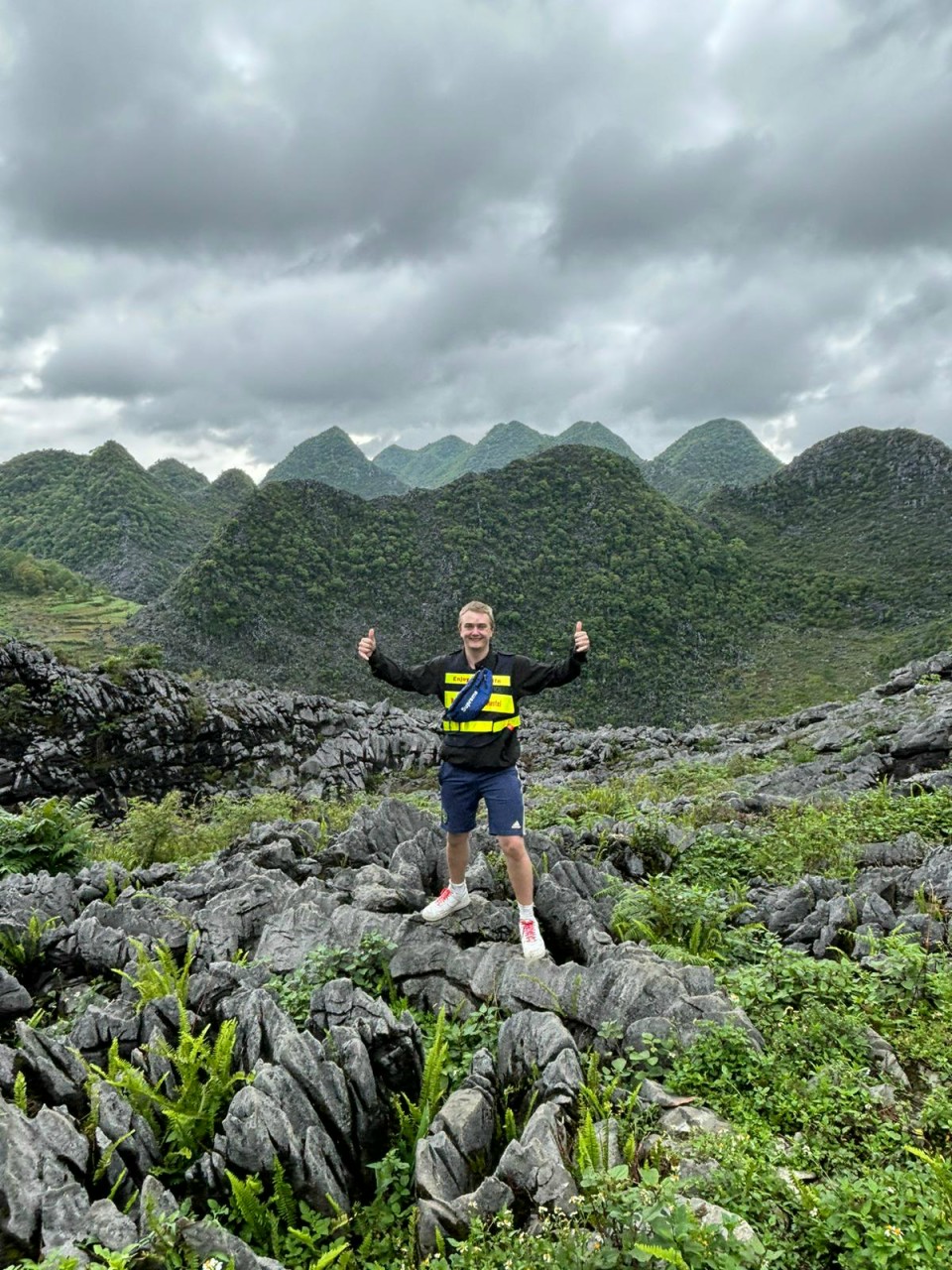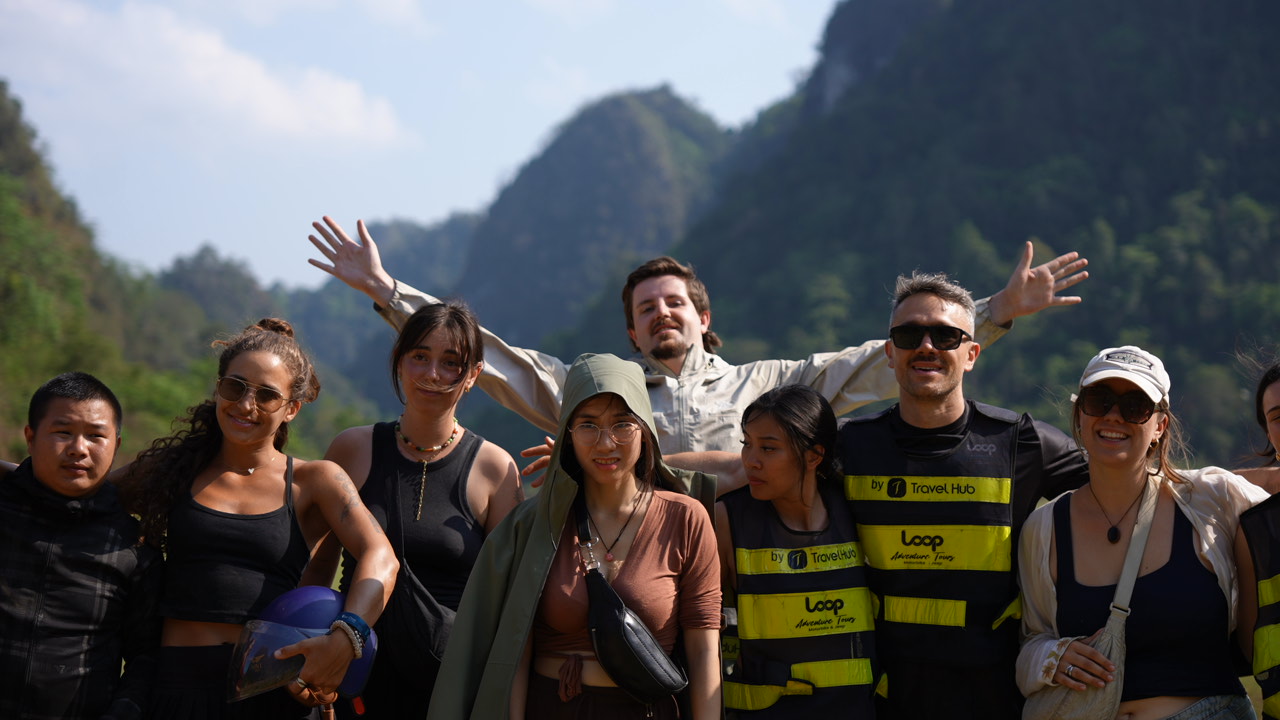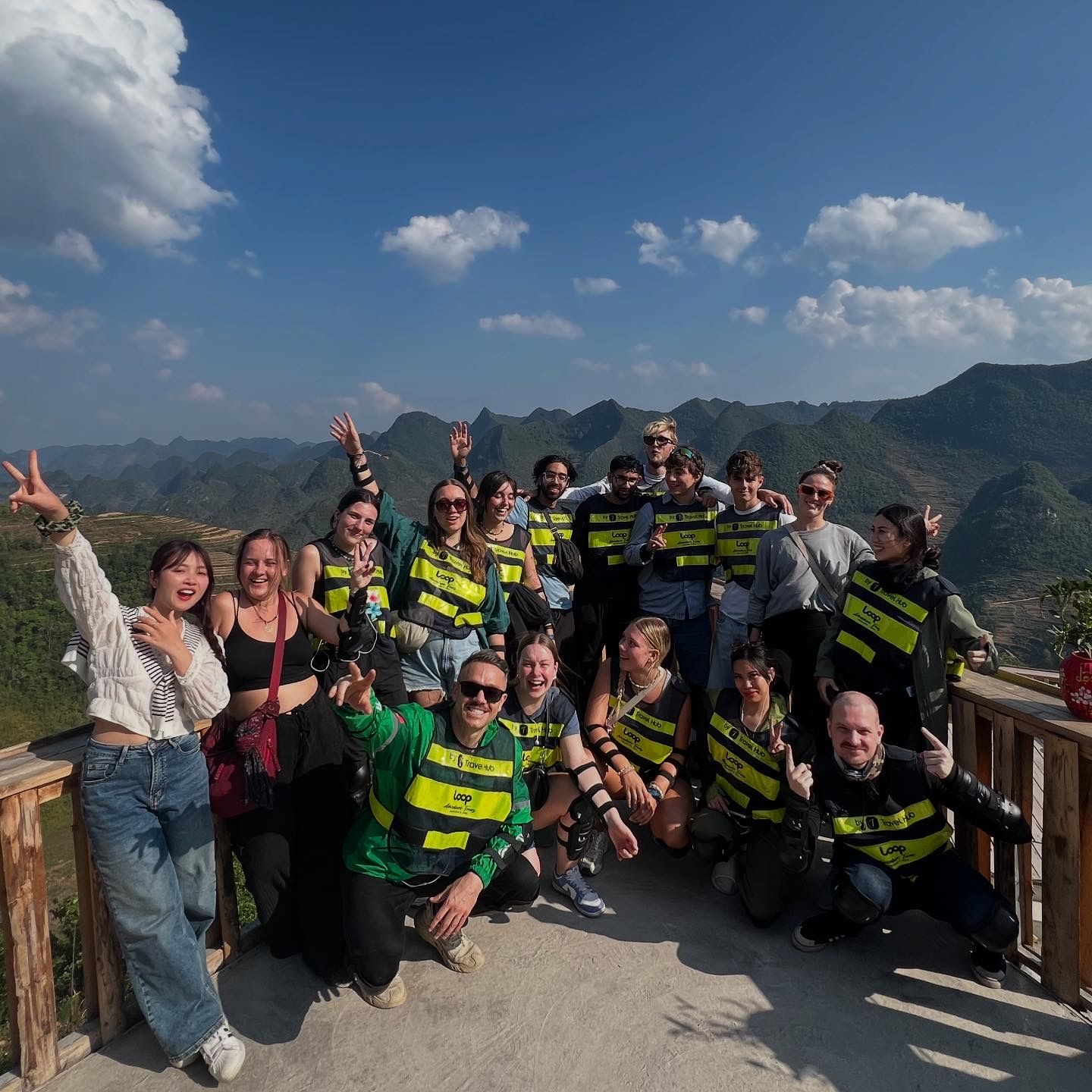As Vietnam’s northern frontier, Ha Giang mixes knife-edge karst, highland markets, and cliff-hugging roads. Ask ten travelers the best time to visit Ha Giang and you’ll hear ten answers—some chase buckwheat flowers, others want blossom season, clear blue skies, or emerald valleys after rain. This guide compares weather by month, crowd levels, prices, and photography conditions, then matches them to different travel styles so you can pick the perfect window for your Ha Giang Loop.
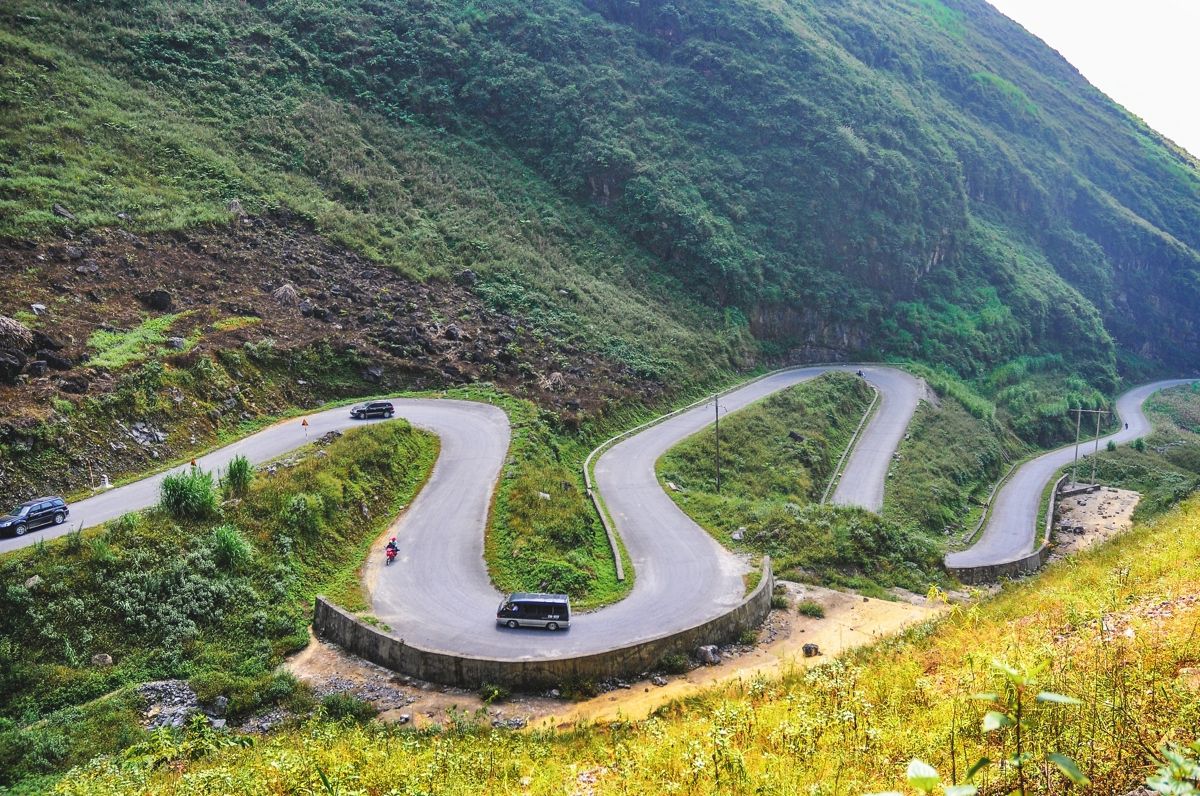
Quick answer (choose your priority)
-
Clearer skies & classic views: October–November
-
Peach/plum blossoms & mild temps: March–April
-
Green season, fewer crowds, waterfalls full: May–September (expect showers)
-
Crisp air & dramatic light (cold): December–February
If you can only choose one: late October to mid-November offers reliable weather plus buckwheat flowers—book early.
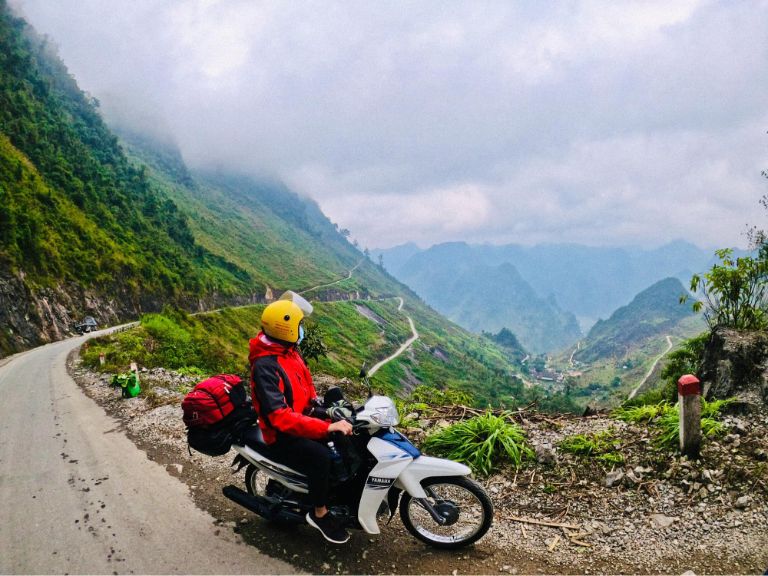
Seasons at a glance
October–November: Buckwheat & blue skies (peak)
-
Why go: Buckwheat fields bloom; visibility often excellent on Ma Pi Leng Pass; evenings are cool, not cold.
-
Crowds & prices: Peak season—book buses, bikes, and rooms in advance.
-
Trip style: Any—self-ride, Easy Rider, or car/van. Great for sunrise/sunset shoots.

March–April: Blossoms & mild days
-
Why go: Peach/plum blossoms and fresh green hills; comfortable temperatures.
-
Crowds & prices: Moderate; a sweet spot for value.
-
Trip style: Ideal for small group tours and families who prefer gentler weather.
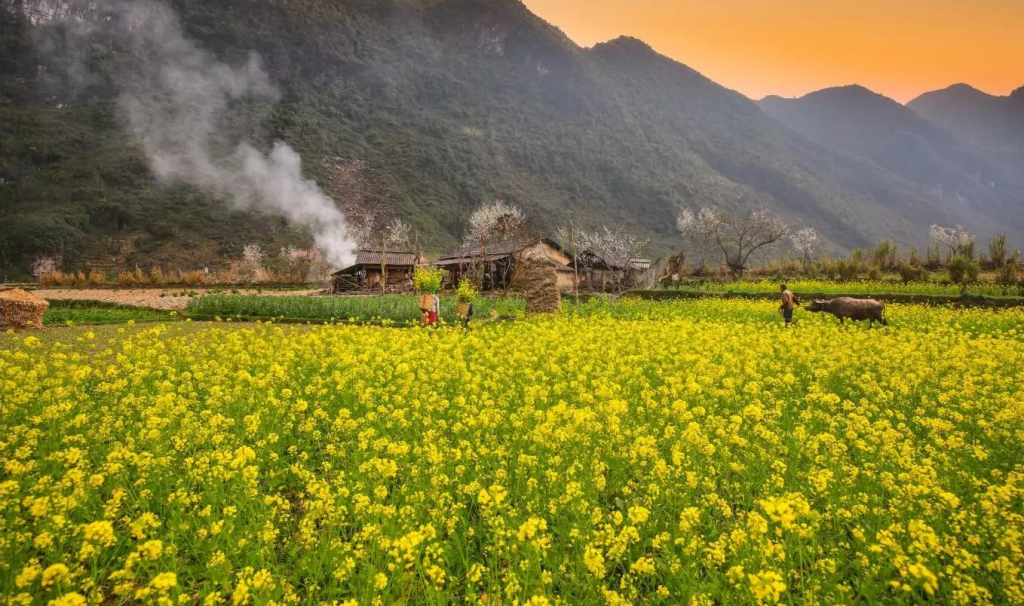
May–September: Lush valleys, summer showers
-
Why go: Landscapes are intensely green; waterfalls and the Nho Que River look vibrant.
-
Caveat: Afternoon showers or short storms are common—plan for daylight riding only and flexible timing.
-
Trip style: Easy Rider or car/van if you’re uneasy about wet corners; self-ride for confident riders with proper rain gear.
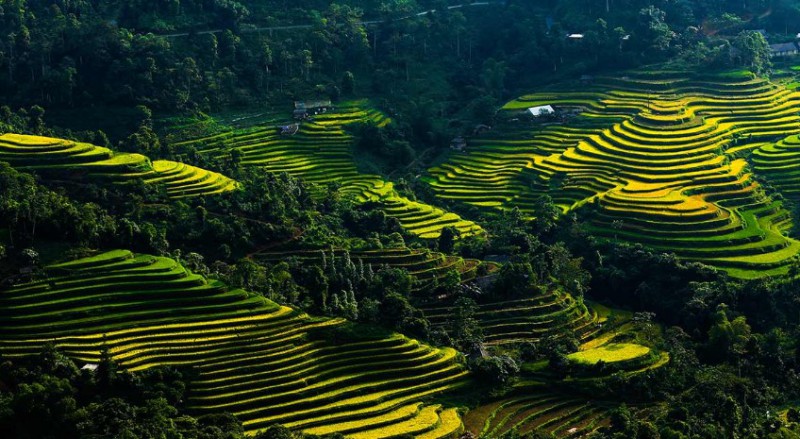
December–February: Winter light & cold mornings
-
Why go: Low-angled winter light can be magical for photos; fewer visitors around New Year periods (outside holidays).
-
Caveat: Cold mornings, possible fog; layers essential.
-
Trip style: Car/van or Easy Rider recommended if you’re new to mountain roads.

Month-by-month: weather, photos & planning notes
-
January: Coldest month; crisp afternoons when the fog lifts. Pack thermals, gloves, and a windproof layer.
-
February: Still chilly; early blossoms begin. Good value before spring crowds.
-
March: Comfortable days, blossom season in villages; balanced for first-timers.
-
April: Mild, photogenic; some cultural events/markets take place this period. Book a little earlier than usual.
-
May: Start of greener valleys; brief showers cool dusty roads. Bring a proper rain jacket.
-
June: Lush scenery; expect midday heat and occasional heavy rain—ride early/finish early.
-
July: Similar to June; waterfalls strongest. Keep a weather buffer in your schedule.
-
August: Rain risk persists; dramatic skies for photographers.
-
September: Transition month—often excellent: green fields, clearer days appearing.
-
October: Prime time—stable weather, long views, comfortable temperatures.
-
November: Buckwheat at its best; evenings crisp. Peak demand for rooms and guides.
-
December: Quiet beauty; shorter days and cold mornings. Consider a vehicle with driver.
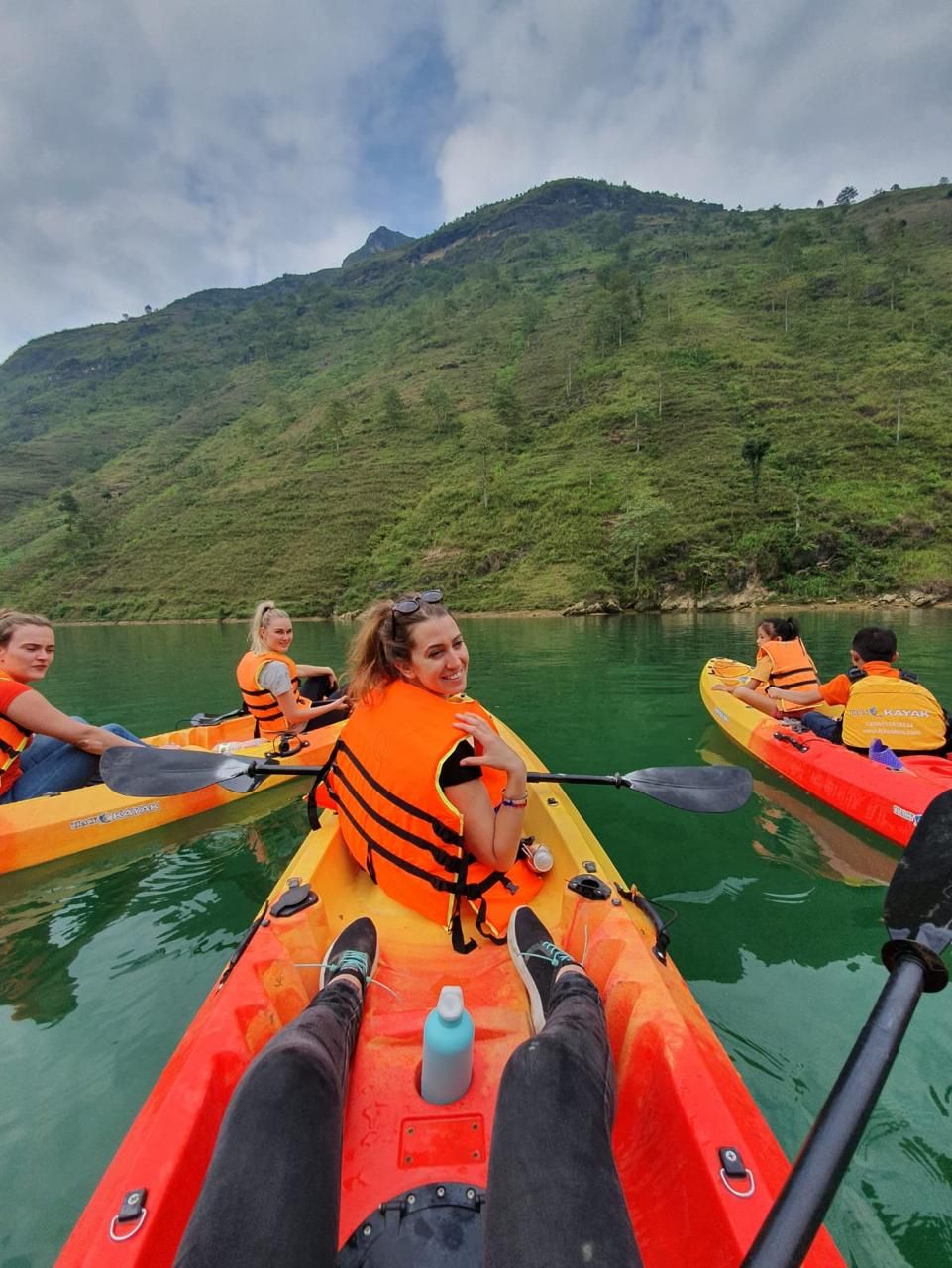
Crowds & price trends
-
Peak: October–November (buckwheat) and some holiday weekends. Expect higher prices and limited availability for good homestays and quality motorbikes.
-
Shoulder: March–April and September—excellent balance of weather and value.
-
Low: December–February (outside holiday dates) and parts of May–August (except long weekends). You’ll enjoy quieter viewpoints but must plan around fog or showers.
Best time by traveler type
-
First-time riders: March–April or September–November for friendlier weather and visibility.
-
Families/seniors: March–April or October–November; consider a car/van with driver.
-
Photographers: Late October–November for clarity and buckwheat; winter for moody light; green season for waterfalls and dramatic clouds.
-
Budget travelers: February, May, or September for lower rates without severe weather.

What to pack (season-smart)
-
All seasons: Refillable bottle, sunscreen, sunglasses, quick-dry layers, small cash (5k–50k notes), basic first-aid, power bank, phone mount.
-
Green season (May–Sep): Rain jacket/pants, waterproof pack cover, fast-dry shoes, spare socks.
-
Winter (Dec–Feb): Thermal base layer, fleece or light down, windproof shell, gloves, neck gaiter, lip balm.
-
Year-round riding: Proper helmet, gloves, long sleeves/pants, sturdy shoes; headlamp for homestay nights (not night riding).
Sample itineraries aligned with timing
3D2N (best value, March–April or Oct–Nov)
-
Day 1: Ha Giang → Quan Ba Heaven’s Gate → Yen Minh → Dong Van (sunset Old Quarter).
-
Day 2: Lung Cu morning → Ma Pi Leng sky paths → optional Nho Que boat → Meo Vac family dinner.
-
Day 3: Meo Vac → Du Gia waterfall stop → Ha Giang (evening bus to Hanoi).

4D3N (photographer’s pace, late Oct–Nov)
Add Lo Lo Chai sunrise or a cultural evening in Nam Dam; keep extra blue-hour windows and shorter riding blocks.
2D1N (fast track, Sept–Nov)
Focus on essentials: Quan Ba → Dong Van day 1; Lung Cu → Ma Pi Leng → Nho Que → Meo Vac day 2, then back to Ha Giang.
Safety & etiquette (applies year-round)
-
Daylight only. Fog, livestock, and hairpins make night riding risky.
-
Cornering: Look through the turn; use engine braking on descents.
-
Daily bike check: Tires, brakes, lights, horn before departure.
-
Respect culture: Ask before photographing locals, dress modestly in villages, and pack out trash.
-
Weather buffer: Keep at least one spare hour per day to dodge showers or low cloud in shoulder/green seasons.

FAQs about the best time to visit Ha Giang
Is October or November better?
Both are excellent. October is slightly warmer; November brings peak buckwheat and crisp air. Book early either way.
Can I do the Loop in summer?
Yes—expect short, sometimes heavy showers. Start early, end early, and consider Easy Rider or a car/van if you’re not confident in the wet.
Is winter too cold?
It can be cold at altitude, especially mornings. With layers and a windproof shell, winter rides are doable and beautifully atmospheric.
When are prices lowest?
Often February, parts of May–June, and December (outside holidays). You’ll trade lower rates for a bit more weather management.
Recommended Tours for You:
Conclusion
The best time to visit Ha Giang depends on what you value most: buckwheat fields and blue skies (Oct–Nov), gentle blossoms and mild days (Mar–Apr), lush valleys with playful storms (May–Sep), or quiet winter light (Dec–Feb). Match the season to your comfort level—self-ride for confident motorcyclists, Easy Rider or car/van for hassle-free safety—then plan for daylight travel, book quality gear and homestays in advance, and pack for the season. Do that, and the Loop will deliver exactly what you came for: vast limestone horizons on Ma Pi Leng, stone-walled alleys in Dong Van, and the emerald slide of the Nho Que River—no matter when you go.
Plan your adventure today! For more details and personalized support, contact Thelooptours Hotline: +84329196074.



